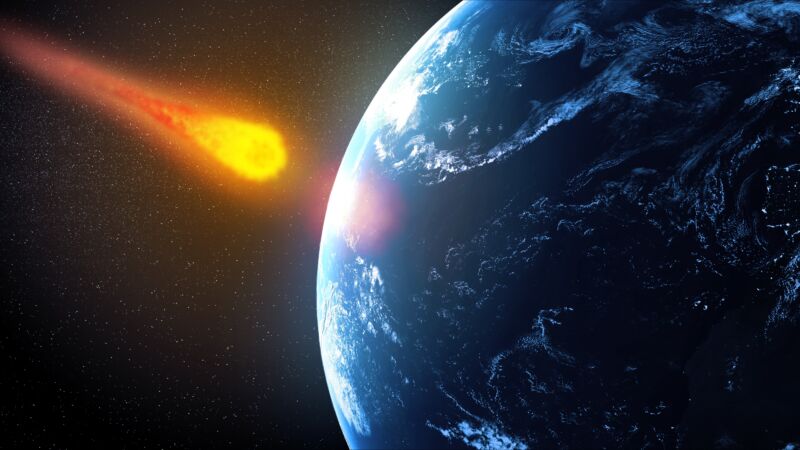Outdoing the dinosaurs: What we can do if we spot a threatening asteroid

Enlarge / We'd like to avoid this. (credit: Science Photo Library/Andrzej Wojcicki/Getty Images)
In 2005, the United States Congress laid out a clear mandate: To protect our civilization and perhaps our very species, by 2020, the nation should be able to detect, track, catalog, and characterize no less than 90 percent of all near-Earth objects at least 140 meters across.
As of today, four years after that deadline, we have identified less than half and characterized only a small percentage of those possible threats. Even if we did have a full census of all threatening space rocks, we do not have the capabilities to rapidly respond to an Earth-intersecting asteroid (despite the success of NASA's Double-Asteroid Redirection Test (DART) mission).
Some day in the finite future, an object will pose a threat to us-it's an inevitability of life in our Solar System. The good news is that it's not too late to do something about it. But it will take some work.